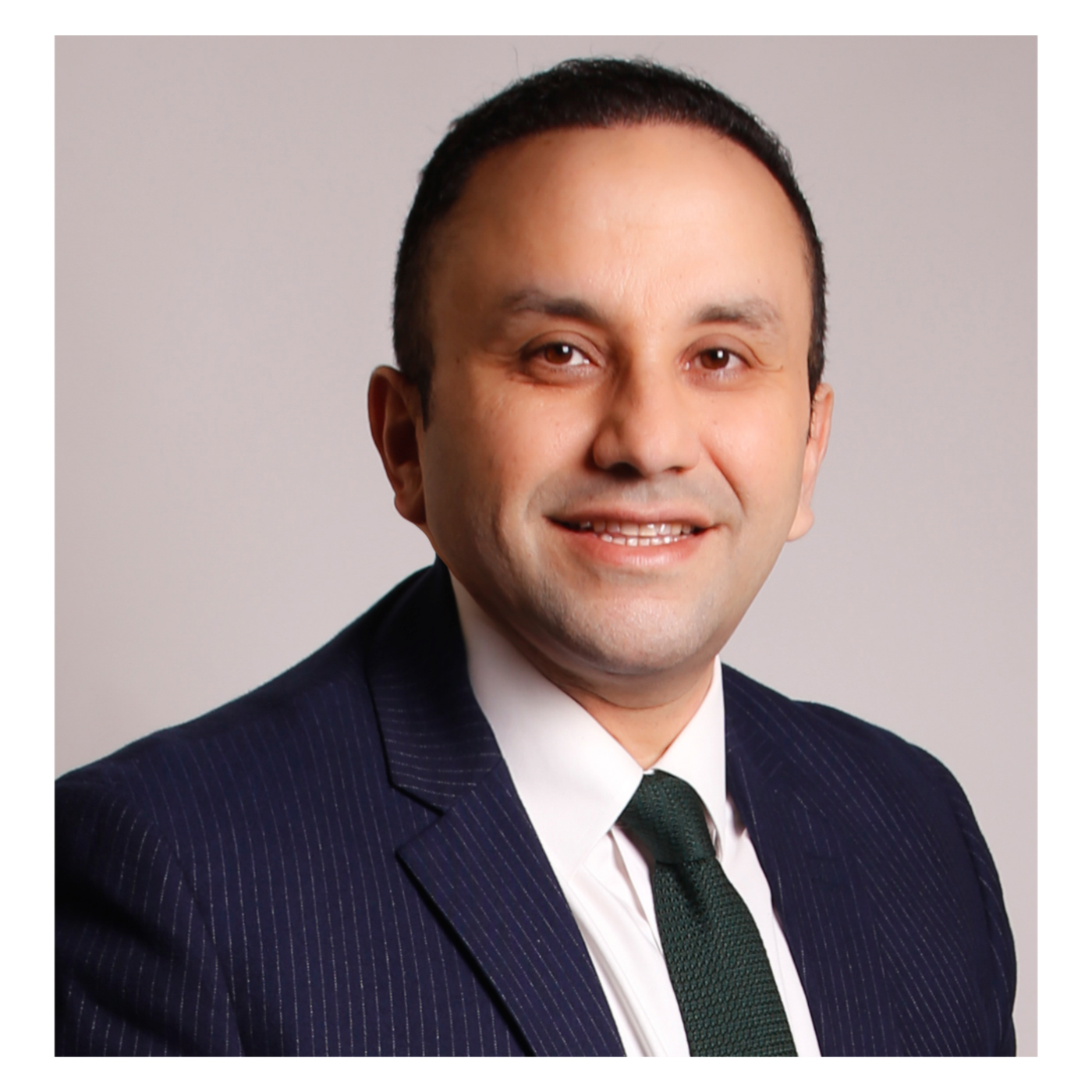Design, Outcomes, and Complications of Reverse Shoulder Replacements
- Author
- Mohamed Imam
- Published
- Sat 26 Jul 2025
- Episode Link
- https://rss.com/podcasts/deepdiveortho/2074736
Reverse Shoulder Arthroplasty (RSA), a surgical procedure designed to address complex shoulder conditions, particularly those involving irreparable rotator cuff tears or severe arthritis. They explain that RSA reverses the natural shoulder joint configuration, placing the ball on the glenoid and the socket on the humerus, which enhances the deltoid muscle's mechanical advantage for improved arm movement. The texts detail indications for RSA, such as rotator cuff arthropathy and proximal humerus fractures, alongside contraindications like axillary nerve dysfunction. Furthermore, the sources describe the surgical procedure, encompassing preoperative considerations, various approaches like the deltopectoral, and specific steps for humeral and glenoid preparation, including the importance of center of rotation and glenosphere design. Finally, they discuss postoperative care, potential complications like scapular notching and dislocation, and highlight advancements in implant technology and ongoing research to refine techniques and improve patient outcomes.
